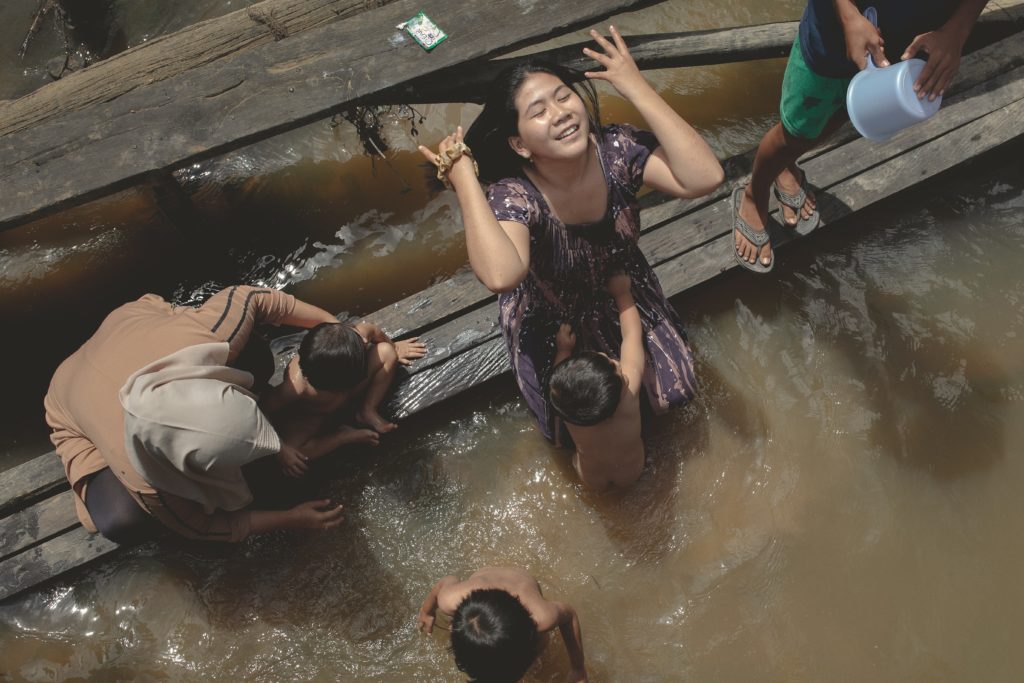Forests that can best withstand and resist deforestation around the world are those inhabited by indigenous populations. These local defenders of the forests are the untold heroes that are fighting on the frontline of the global battle against deforestation, often risking their lives for our collective future.
A RUIDO photo project
Primary tropical forests are virgin forests that have not been altered by man. They are found in three areas of the world: the Amazon, the Congo River Basin and the South-East Asia. They represent 26% of the Earth’s forest cover and contain 60% of biodiversity and store 68% of the Planet’s carbon. Their existence is vital for the survival of humanity and its destruction is completely linked to the current climate crisis.
In this collective project, we have photographed the destruction by humans of the main tropical primary forests in the world. We have documented illegal logging in the Democratic Republic of Congo, the destruction caused by coal mines in Indonesia, the disappearance of primates in Thailand, and deforestation caused by invaders of indigenous reserves in Brazil.
Beyond the denunciation, the PRIMARY project aims to document and honor the defenders of these forests that, almost without resources, fight against the great machinery of global consumption. Men like Pak Benang who decided to confront the largest mining company in the world in Borneo or women like Maria Jucilea who defends her village from the incursions and death threats from the invaders of the Brazilian Amazon.




















